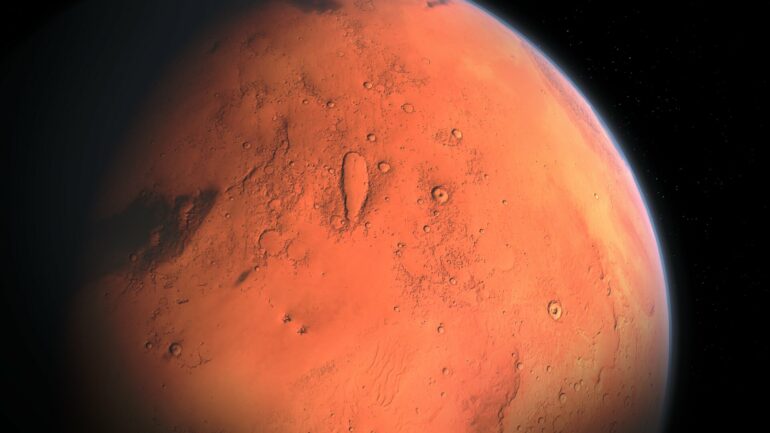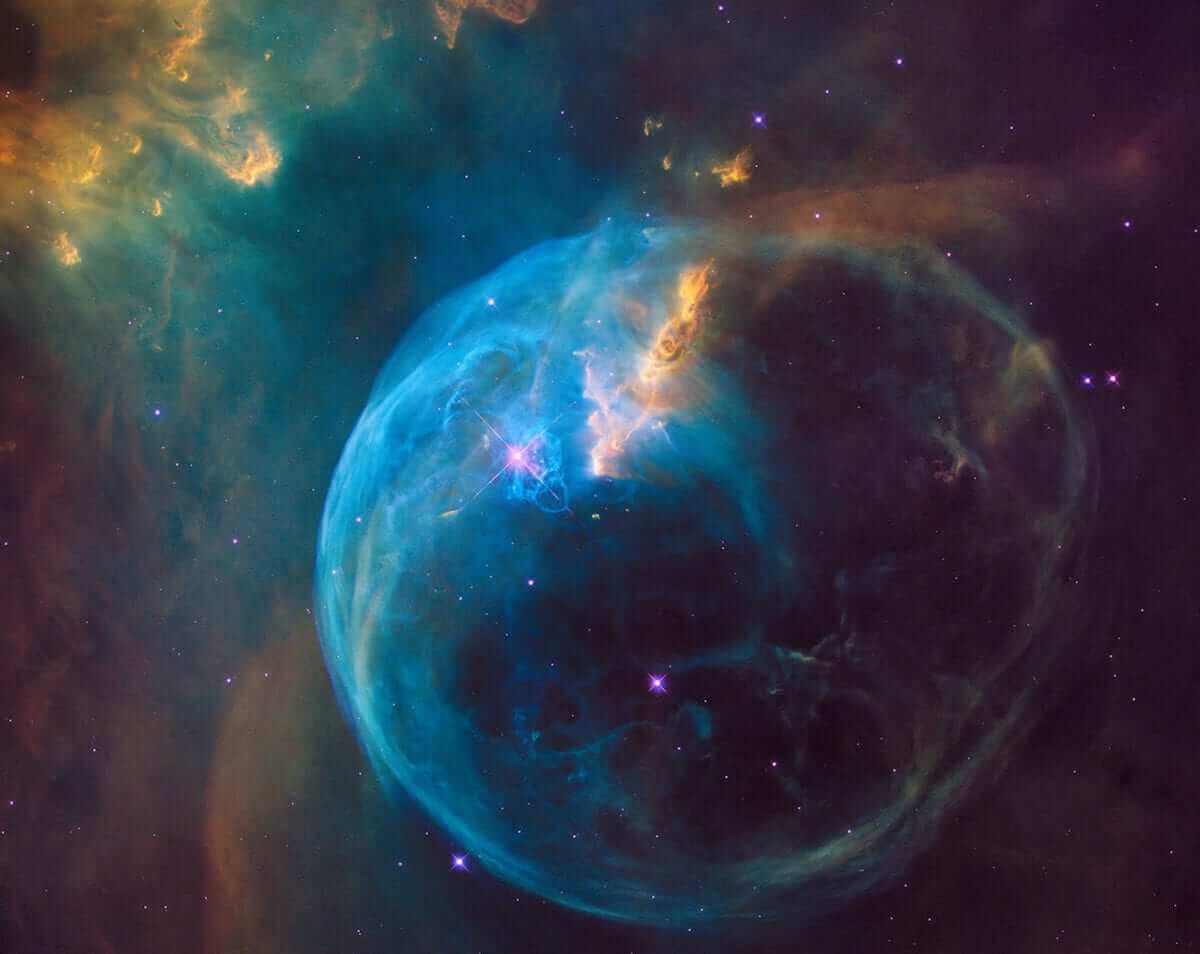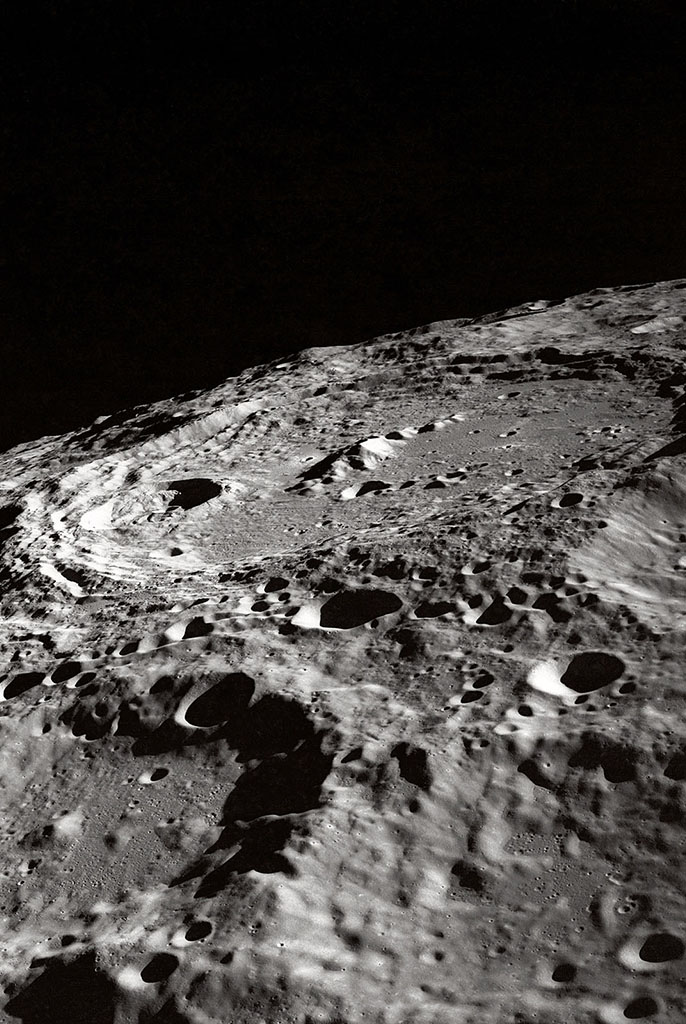Geochemical evidence from laboratory experiments for a potential solid inner core at the center of Mars is reported in Nature Communications.
Data from NASA’s InSight mission has revealed that Mars has a liquid core. Similar to Earth’s core, the core of Mars is expected to be dominantly composed of molten iron metal. However, it is lower in density, indicating that the Martian core must contain a high abundance of additional lighter elements, such as sulfur.
Previously, it had been considered that the temperature in the Martian core is likely too high for a solid inner core to crystallize, but the possibility of an iron-sulfide mineral forming the inner core had not been examined in detail.
Lianjie Man and colleagues conducted high-pressure-temperature laboratory experiments to determine the crystal structure and density of the iron-sulfide phase in Mars’s core. The authors suggest that, should temperatures at the center of Mars fall below approximately 1,960 Kelvin (which is within the estimated range for this area) the iron-sulfide phase could begin to crystallize and form a solid inner core.
Further geophysical measurements would be needed to confirm the actual presence of a solid Martian inner core. However, the work presented in this study supports the potential for a solid inner Martian core today, or in the near future once Mars has undergone further cooling.
More information:
Lianjie Man, The structure and stability of Fe4+xS3 and its potential to form a Martian inner core, Nature Communications (2025). DOI: 10.1038/s41467-025-56220-2. www.nature.com/articles/s41467-025-56220-2
Provided by
Nature Publishing Group
Citation:
Mars’s core evolution: Lab experiments hint at solid inner core formation (2025, February 26)


